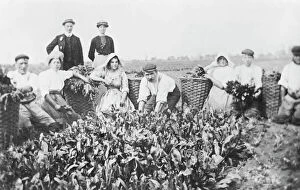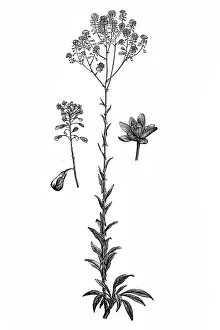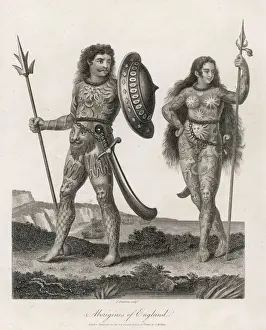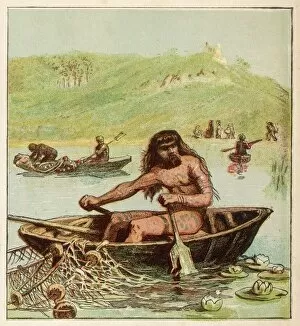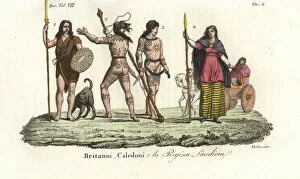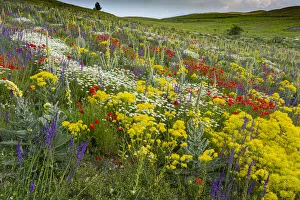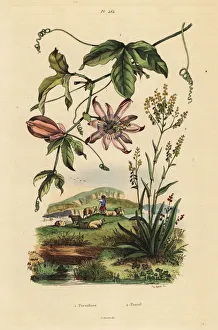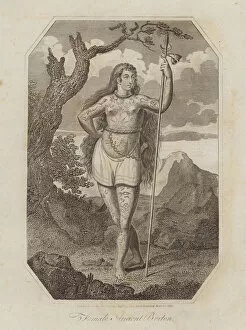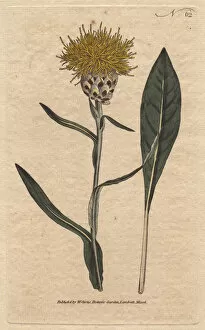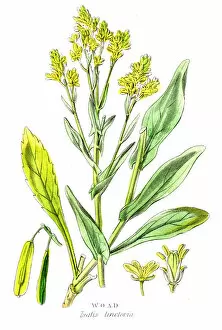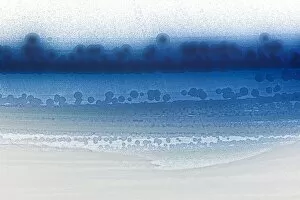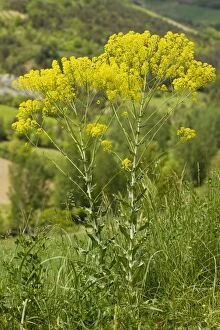Woad Collection
"Woad: A Colorful Journey through History and Nature" Step into the world of woad
All Professionally Made to Order for Quick Shipping
"Woad: A Colorful Journey through History and Nature" Step into the world of woad, a plant that has played a significant role in history and continues to captivate us with its vibrant hues. Algarkirk, Lincolnshire NMR02_01_00009 is where woad production thrived, leaving behind traces of an ancient craft. Intriguingly, two Ancient Britons, a male and female, stand as symbols of their people's connection to this remarkable plant. Isatis tinctoria, commonly known as woad or glastum, holds the key to their striking blue tattoos that adorned their bodies. Imagine a Woaded Briton gracefully navigating the waters in a Coracle - his body painted with the essence of nature itself. The Victorian Botanical Illustration from 1863 showcases Dyers Woad in all its glory; it's no wonder this plant fascinated artists throughout time. Woad transcends borders and cultures; even tattooed Caledonians proudly displayed their ink alongside Queen Boudica. Antique botany illustrations further highlight the significance of Isatis tinctoria in various civilizations. Traveling afar to Abruzzo, Italy brings us to a fallow field bursting with life - Poppy (Papaver rhoeas), Corn chamomile (Anthemis arvensis), Olympian mullein (Verbascum longifolium), Purple toadflax (Linaria purpurea), and our beloved Woad dance together under the Italian sun. Delve into comic Early English History for glimpses into Ancient Britons' lives colored by woad's enchantment. From battles fought by Britons and Caledonians to Queen Boadicea's reign - plate 4 unveils captivating scenes etched forever in history books. Isatis tinctoria stands tall among other species within its botanical family.

